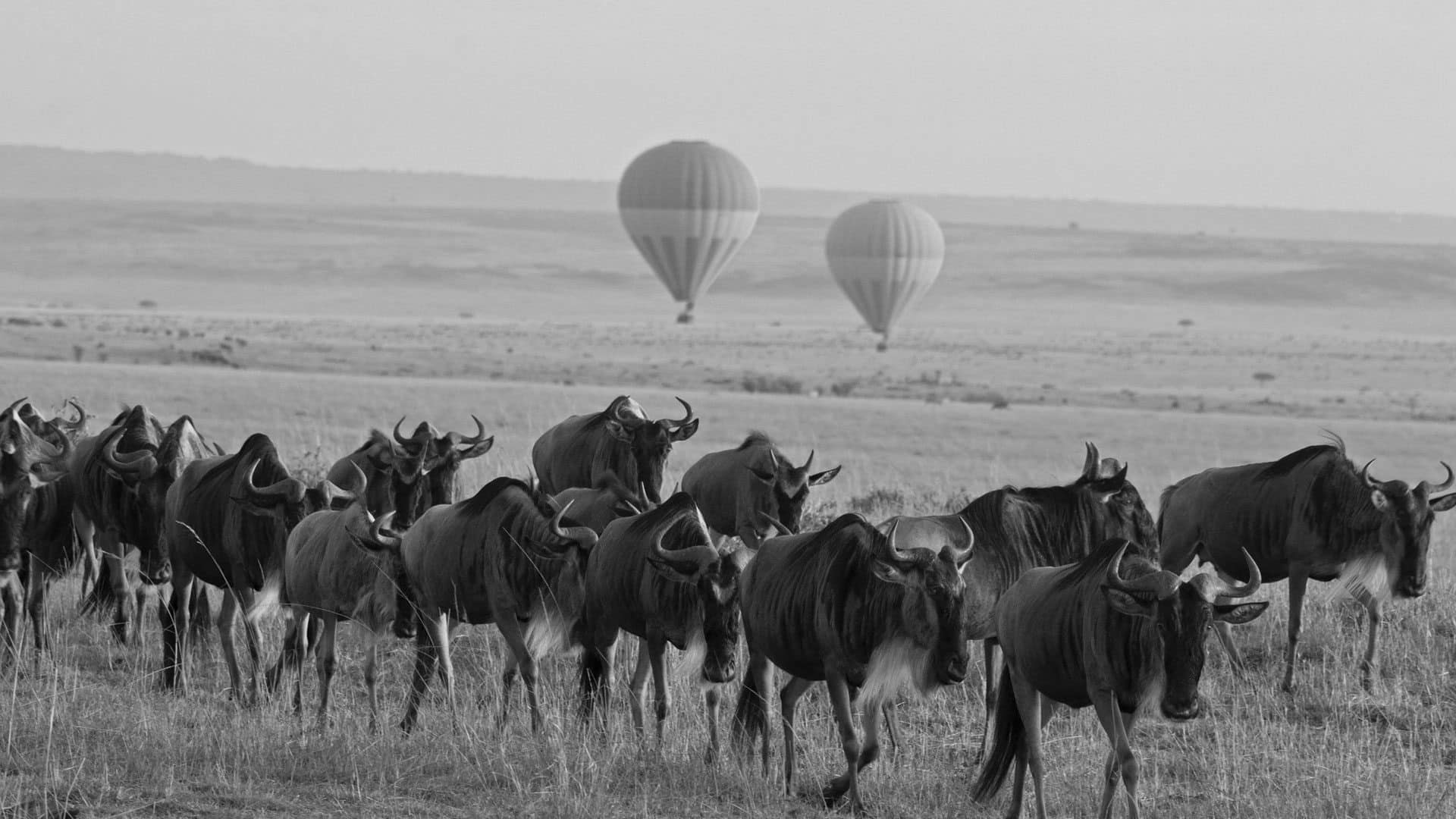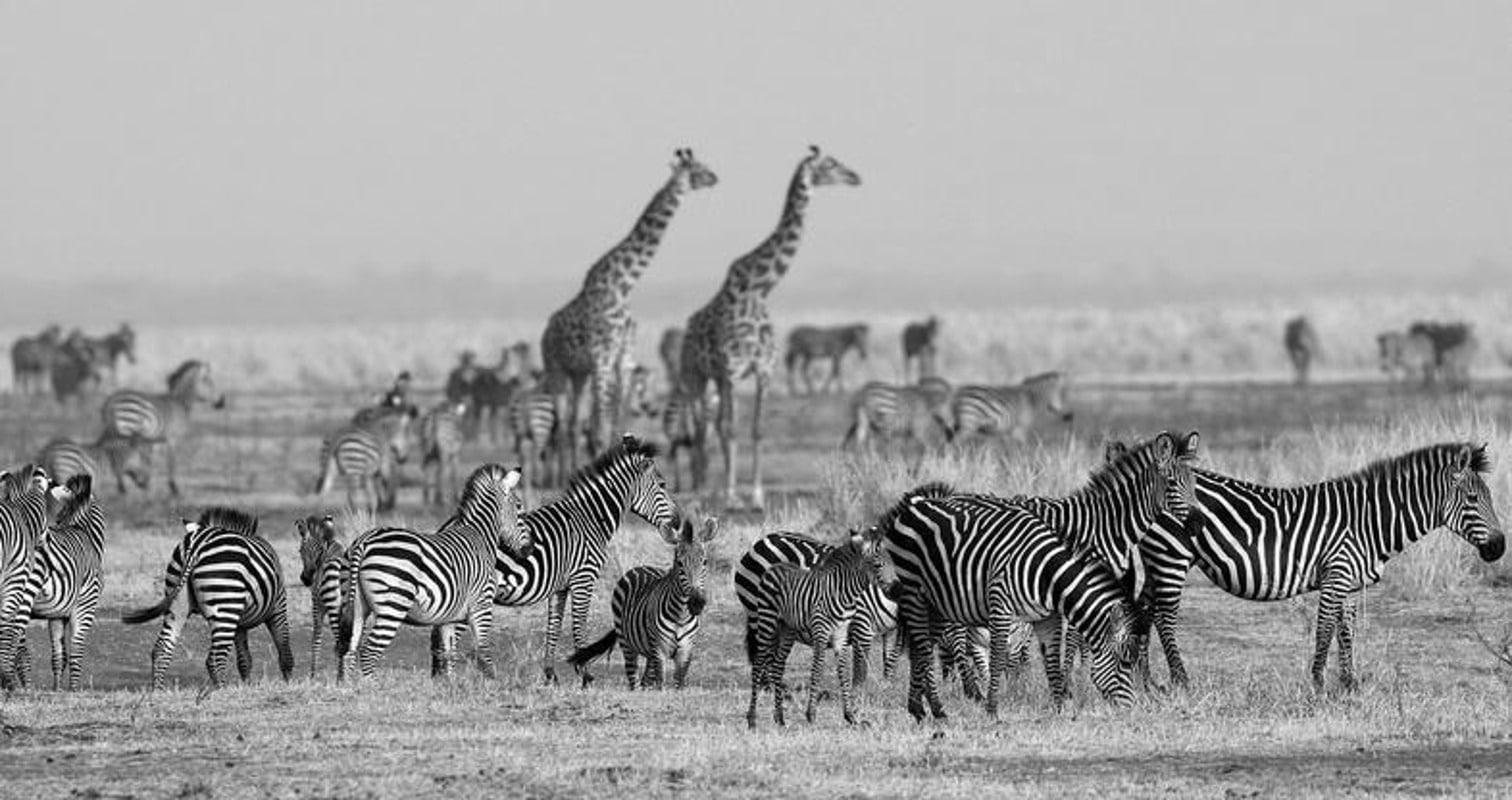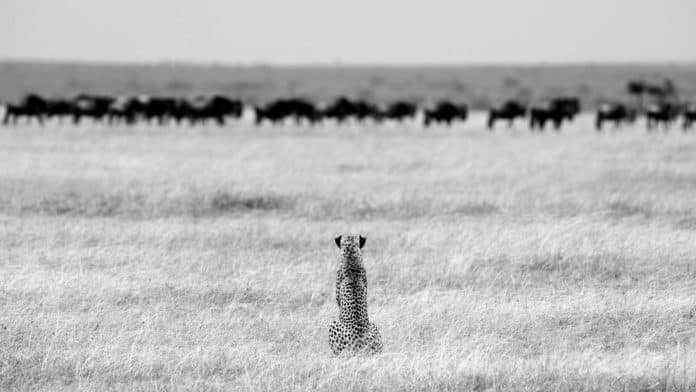Unlocking the Wonders of Tanzania: Navigating the Parks and Reserves Map for an Unforgettable Safari Experience
Tanzania is a country that has remained a top destination for tourists who are looking for an unforgettable safari experience. The country is home to several national parks and reserves, each with its unique flora and fauna. However, navigating the parks and reserves map can be quite challenging, especially for first-time visitors. In this article, we will be discussing how to navigate Tanzania’s parks and reserves map for an unforgettable safari experience.
Introduction to Tanzania’s parks and reserves
Tanzania is a country located in East Africa, known for its vast wilderness areas, including the Serengeti National Park, the Ngorongoro Conservation Area, and the Selous Game Reserve. These parks and reserves are home to some of the most spectacular wildlife on the planet, including elephants, lions, giraffes, zebras, and many more. Tanzania’s parks and reserves are not only home to wildlife but also to unique landscapes, such as the Ngorongoro Crater, which is the world’s largest unbroken caldera.
Importance of using a map for a safari experience in Tanzania
A safari experience in Tanzania can be quite overwhelming, with so many parks and reserves to choose from. Having a map can be an essential tool to help you navigate and plan your safari experience. A map will help you identify the location of the parks and reserves, the different routes you can take, and the best times of year to visit. A map will also help you plan your safari experience by identifying the best areas to see particular animals and landscapes.
Overview of Tanzania’s parks and reserves map
Tanzania’s parks and reserves map is quite extensive, covering several national parks and reserves. The map is divided into different regions, including the Northern Circuit, Southern Circuit, Western Circuit, and Coastal Circuit. The Northern Circuit is the most popular circuit and is home to Tanzania’s most famous parks, including the Serengeti National Park and the Ngorongoro Conservation Area. The Southern Circuit is less visited but is home to some of Tanzania’s most remote and untouched wilderness areas.
Serengeti National Park: Exploring the vast plains and annual wildebeest migration

The Serengeti National Park is Tanzania’s oldest and most well-known national park, covering an area of 5,700 square miles. The park is home to the annual wildebeest migration, where over a million wildebeest, zebras, and gazelles migrate from the Serengeti to the Masai Mara in Kenya. The park is also home to some of Tanzania’s most iconic wildlife, including lions, elephants, and giraffes. The best time to visit the Serengeti is between June and October when the wildebeest migration is in full swing.
Ngorongoro Conservation Area: Discovering the world’s largest unbroken caldera and diverse wildlife
The Ngorongoro Conservation Area is a UNESCO World Heritage Site and is home to the world’s largest unbroken caldera. The caldera is home to a diverse range of wildlife, including elephants, lions, and hyenas. The area is also home to the Maasai people, who have been living in harmony with the wildlife for centuries. The best time to visit the Ngorongoro Conservation Area is between July and October when the wildlife is most active.
Tarangire National Park: Witnessing the largest concentration of elephants in Tanzania
Tarangire National Park is a hidden gem in Tanzania, known for its large concentration of elephants. The park is home to over 3,000 elephants, making it the largest concentration of elephants in Tanzania. The park is also home to other wildlife, including lions, giraffes, and zebras. The best time to visit Tarangire National Park is between July and October when the wildlife is most active.
Lake Manyara National Park: Experiencing the unique tree-climbing lions and flamingo-filled lake
Lake Manyara National Park is a small park known for its unique tree-climbing lions. The park is also home to a large number of flamingos, which flock to the lake to feed on the algae. The park is also home to other wildlife, including elephants, giraffes, and baboons. The best time to visit Lake Manyara National Park is between June and October when the wildlife is most active.
Ruaha National Park: Immersing in the untouched wilderness and spotting rare wildlife species
Ruaha National Park is Tanzania’s largest national park, covering an area of 7,809 square miles. The park is home to some of Tanzania’s rarest wildlife, including the African wild dog, sable antelope, and greater kudu. The park is also home to over 10,000 elephants, making it one of the best places to see elephants in Tanzania. The best time to visit Ruaha National Park is between June and October when the wildlife is most active.
Selous Game Reserve: Embarking on boat safaris and encountering Tanzania’s largest population of African wild dogs
The Selous Game Reserve is Tanzania’s largest game reserve and is home to Tanzania’s largest population of African wild dogs. The park is also home to other wildlife, including elephants, lions, and giraffes. One unique feature of the Selous Game Reserve is that visitors can embark on boat safaris on the Rufiji River, where they can view wildlife from a different perspective. The best time to visit the Selous Game Reserve is between June and October when the wildlife is most active.
Mahale Mountains National Park: Trekking to observe chimpanzees in their natural habitat
Mahale Mountains National Park is a remote park located on the shores of Lake Tanganyika. The park is home to one of the largest populations of chimpanzees in Africa, and visitors can embark on a trek to observe them in their natural habitat. The park is also home to other wildlife, including elephants and leopards. The best time to visit Mahale Mountains National Park is between June and October when the chimpanzees are most active.
Katavi National Park: Uncovering the remote and untouched wilderness of western Tanzania

Katavi National Park is one of Tanzania’s most remote parks, located in western Tanzania. The park is home to a large number of hippos, crocodiles, and buffalo, as well as other wildlife, including elephants and lions. The park is also home to several bird species, making it a birdwatcher’s paradise. The best time to visit Katavi National Park is between May and October when the wildlife is most active.
Gombe Stream National Park: Delving into the world of Jane Goodall’s chimpanzee research
Gombe Stream National Park is a small park located on the shores of Lake Tanganyika. The park is famous for its chimpanzee research, conducted by Jane Goodall in the 1960s. Visitors can embark on a trek to observe the chimpanzees in their natural habitat and learn about Goodall’s research. The park is also home to other wildlife, including baboons and monkeys. The best time to visit Gombe Stream National Park is between June and October when the chimpanzees are most active.
Tips for navigating Tanzania’s parks and reserves map
Navigating Tanzania’s parks and reserves map can be quite challenging, especially for first-time visitors. Here are some tips to help you navigate the map and plan your safari experience:
- Research the different parks and reserves and identify which ones you want to visit.
- Identify the best time of year to visit each park or reserve.
- Choose a reputable tour operator who can help you plan your safari experience.
- Consider combining different parks and reserves to get a diverse safari experience.
- Be flexible and willing to adjust your itinerary based on the weather and wildlife sightings.
Planning your unforgettable safari experience in Tanzania
Tanzania’s parks and reserves offer some of the most spectacular wildlife and landscapes in the world. Navigating the parks and reserves map can be quite challenging, but with the right research and planning, you can have an unforgettable safari experience. Remember to choose a reputable tour operator, be flexible, and be willing to adjust your itinerary based on the weather and wildlife sightings. With these tips, you are sure to have an unforgettable safari experience in Tanzania.
For more articles related to Wildlife Parks in Tanzania click here!

































